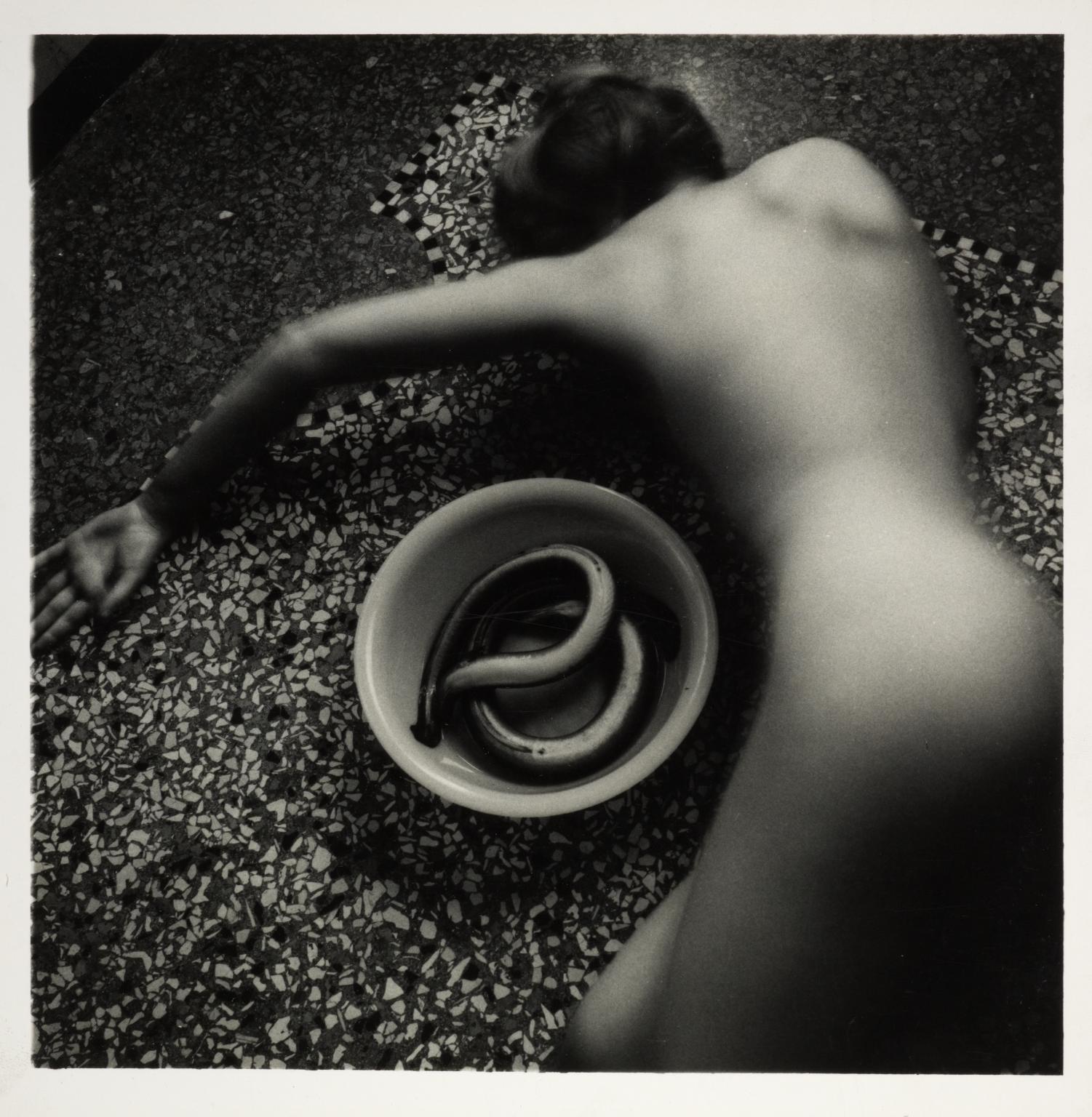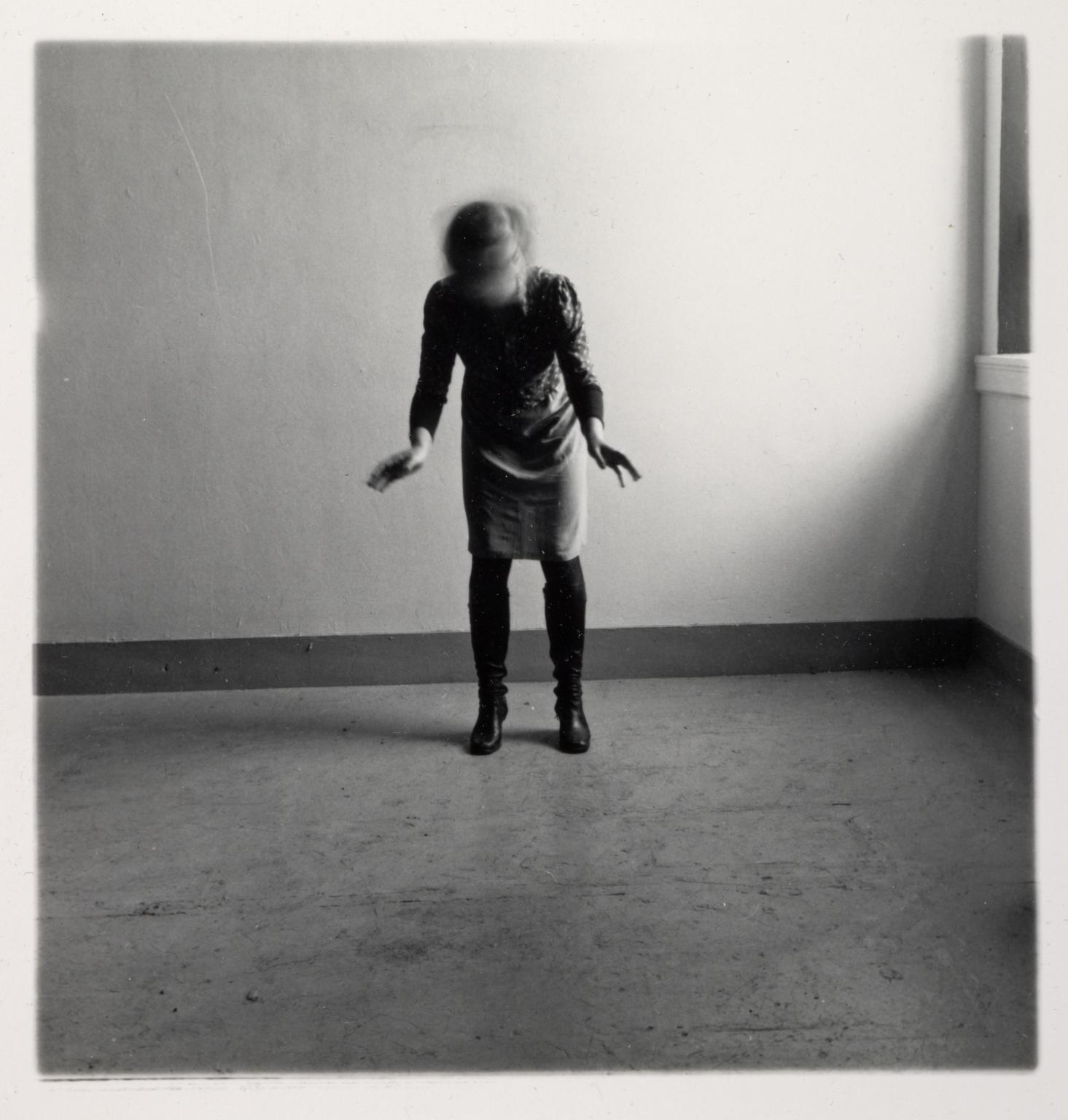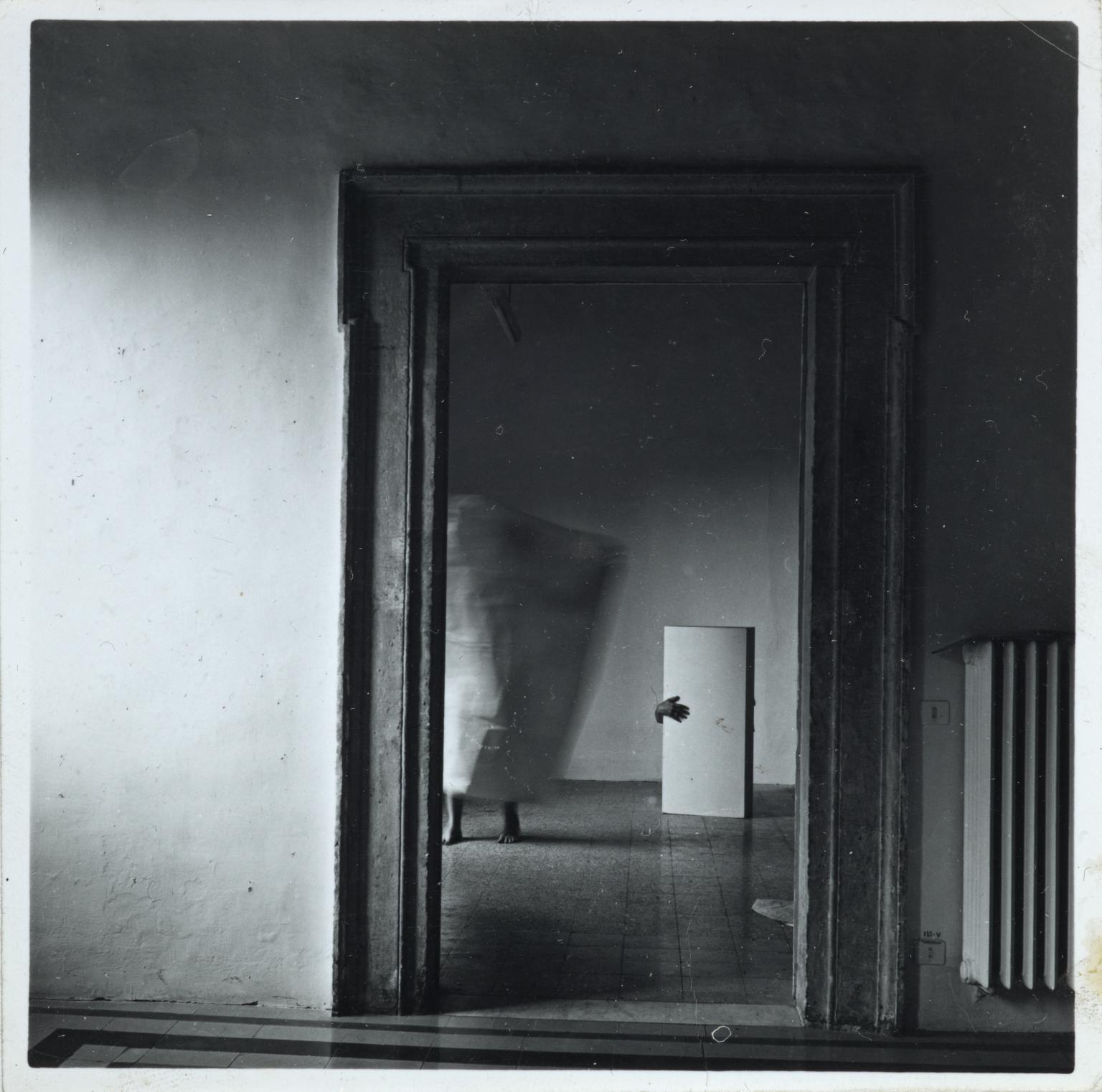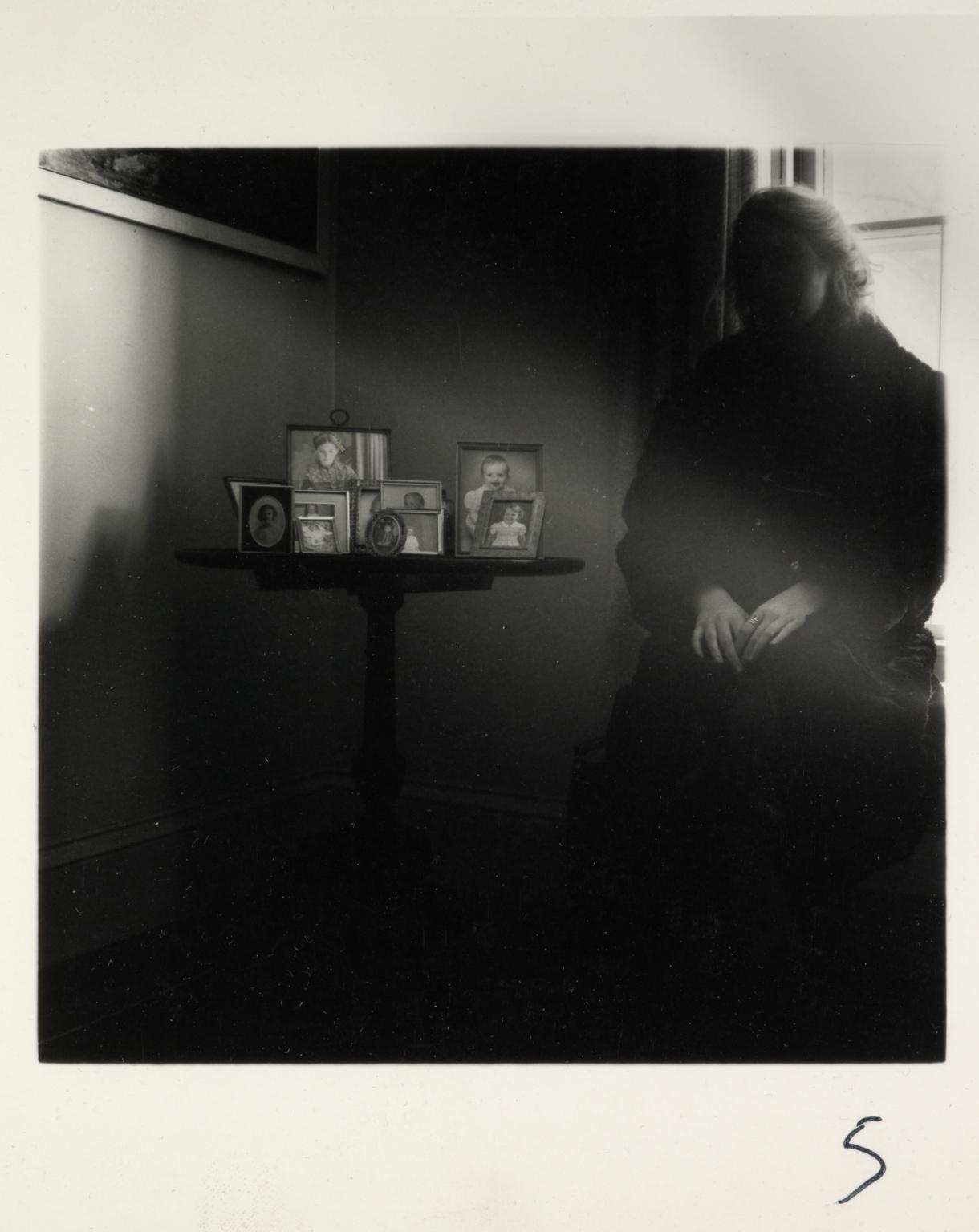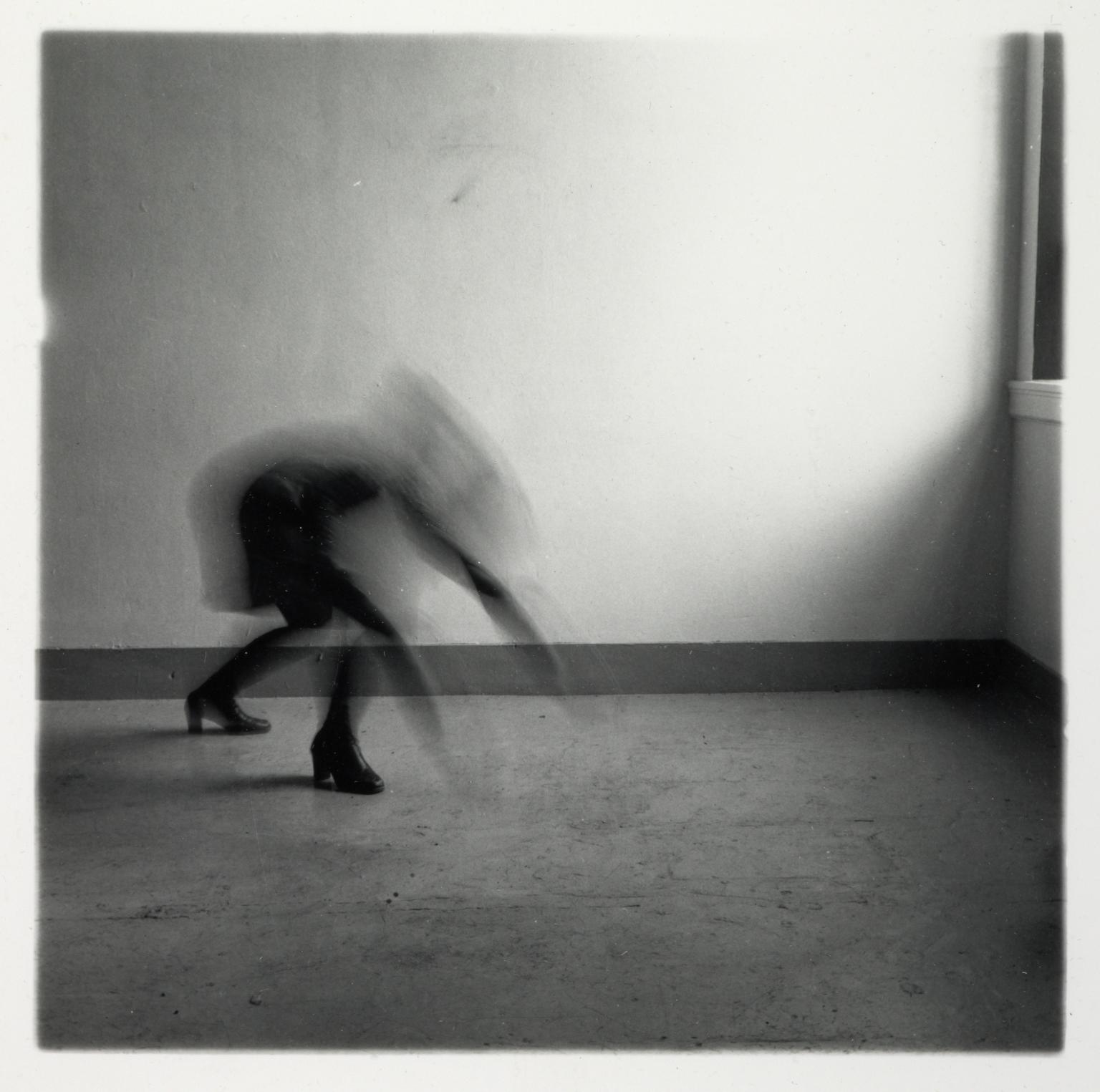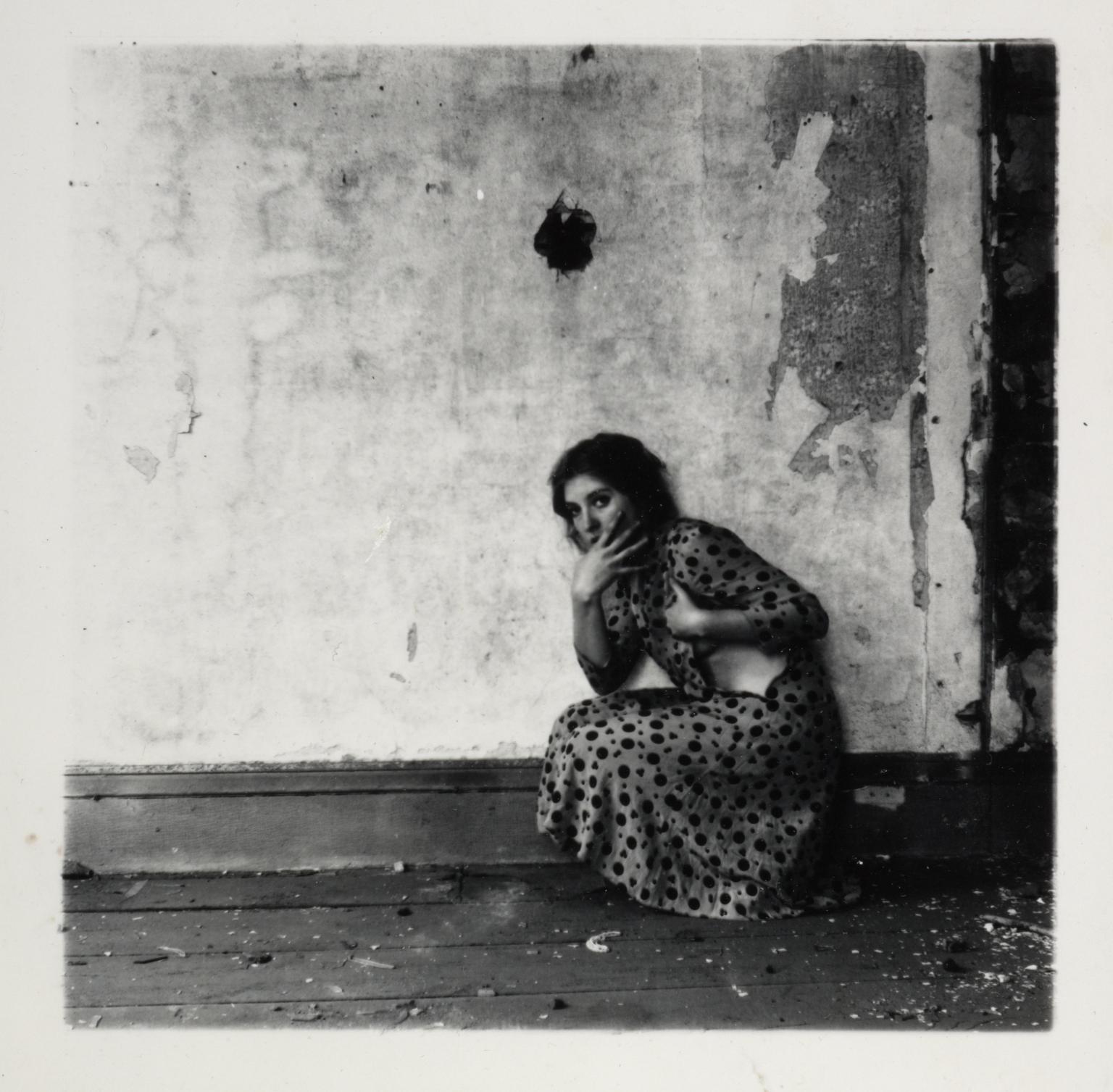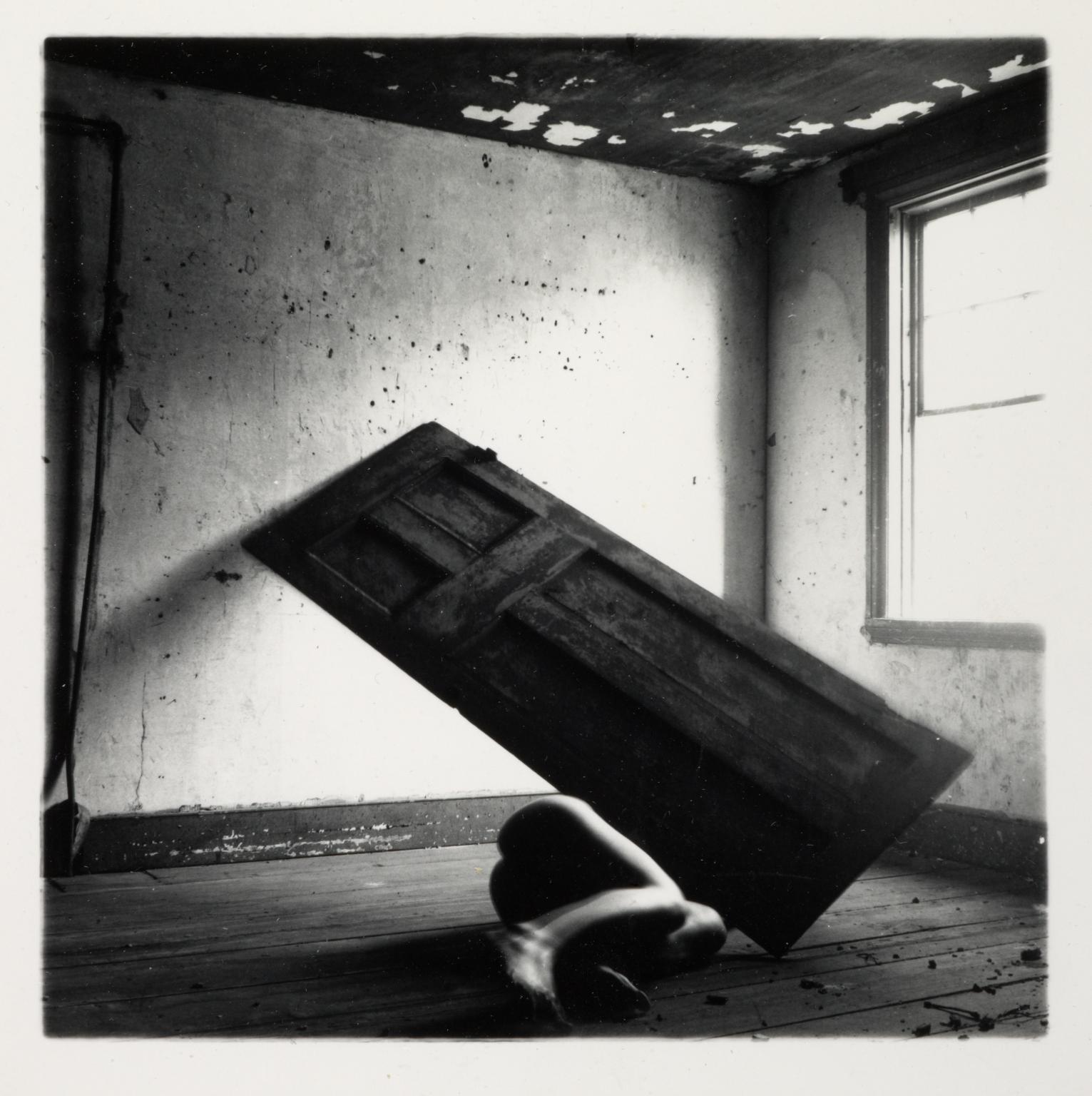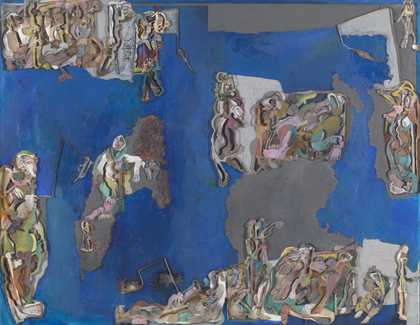This display brings together mixed media works from the Indian artist’s studio experimentations in 1970s and 1980s New York
Using paper and wrought iron, Mohan Samant gave a threedimensional quality to his paintings. Carving shallow recesses in his canvases and attaching complex wire constructions, he experimented with sculptural relief processes. He would continue to develop this technique throughout his career. These playful, sculptural compositions reflect his original visual language.
Samant’s imagery draws from a range of sources across history and geography. ‘I was able to develop the linear relief and hieroglyphic aspects of Egyptian art and the rough texture of the Lascaux caves into a contemporary synthesis, while retaining the colours of Indian miniature paintings,’ he explained. He would then attach ‘wire drawings’ to his textured surfaces. Samant’s scenes may appear ambiguous. He described the characters in them as ‘archetypal figures dramatically acting upon a backdrop of timelessness created by the mythological.’
While he was at art school in Bombay (now Mumbai), Samant travelled to historic sites around India, getting to know the country’s art. After a successful career in India, he spent time in Rome on an Italian government scholarship in 1957–58. He also visited Egypt, which had a significant impact on his art. A Rockefeller fellowship brought him to New York where he remained from 1959–64 and it was during this time that he started exhibiting internationally.
In 1968 he moved permanently to New York. Samant was also an accomplished musician. He played the sarangi, an Indian string instrument, which he practised daily. He would apply the agility of musical improvisation to his art.
Art in this room
